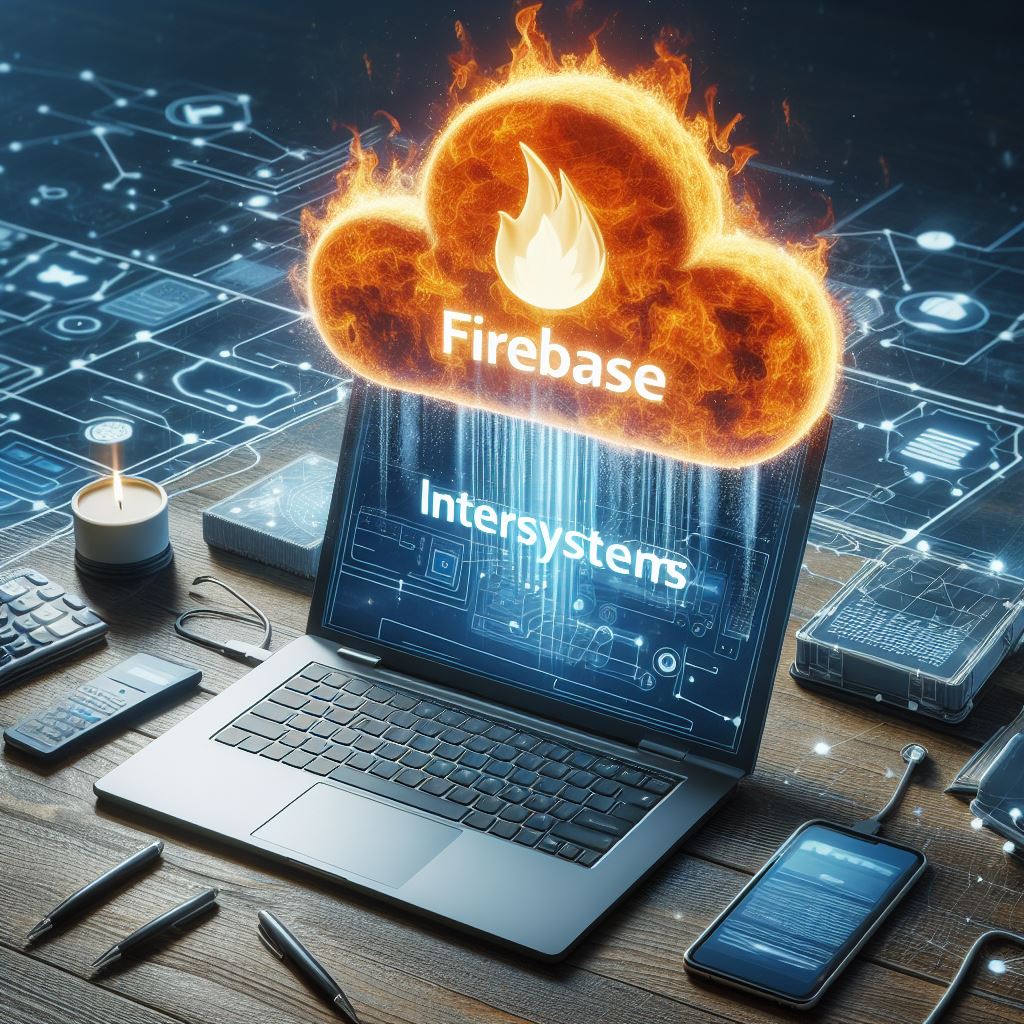Presenter: Mark Bolinsky
Task: Provide failover for distributed systems without using a VIP
Approach: Demonstrate using InterSystems’ database mirroring with external traffic managers such as F5 LTM/GTM
With distributed environments and even public cloud environments, the use of a VIP sometimes is not desirable or even possible given network topology or deployment. The session will demonstrate integrating database mirroring with external traffic managers such F5 LTM/GTM using API based triggers in InterSystems products to interface with the F5 appliances. This not only presents automated redirection for the local mirror members, but also provided automated client redirection to asynchronous DR mirror members.
Content related to this session, including slides, video and additional learning content can be found here.

.png)
.png)


.png)
.png)
.png)

.png)